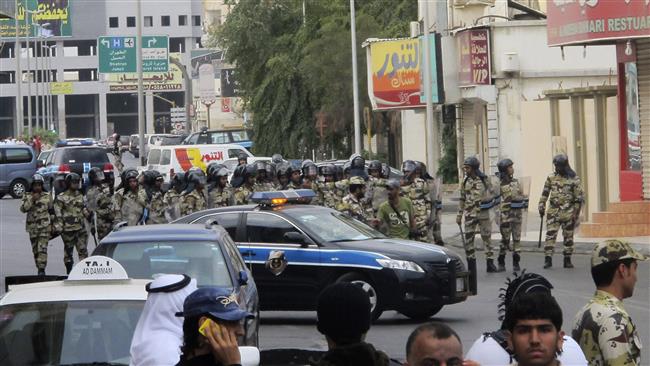
RNA - The Saudi Interior Ministry claims that the four, who were executed in Qatif Governorate, had attacked police stations and petrol officers.
The Shia-dominated Eastern Province, particularly the Qatif region, has been the scene of peaceful demonstrations since February 2011. Protesters, complaining of marginalization in the Sunni-ruled kingdom, have been demanding reforms, freedom of expression, the release of political prisoners, and an end to economic and religious discrimination against the oil-rich region.
However, the government has responded to the protests with a heavy-handed crackdown, but the rallies have intensified since January 2016 when Saudi Arabia executed respected Shia cleric, Sheikh Nimr al-Nimr, an outspoken critic of the policies of the Riyadh regime. The provocative move further escalated tension across the province. Over the past years, Riyadh has also redefined its anti-terrorism laws so as to also target activism.
The Awamiyah village in Qatif Governorate has also witnessed an increase in anti-government protests and the ensuing crackdown recently, as Riyadh insisted to destroy the historic Mosara, claiming the neighborhood's narrow streets had become a hideout for militants believed to be behind attacks on security forces in the region.
The Shia community of the province accounts for somewhere between 10 and 15 percent of Saudi Arabia's 33-million-strong population.
Moreover, Daesh Takfiri terrorists have also killed more than 40 Shia Muslims since the terror group began a campaign of bombings and shootings in Eastern Province in 2014.
847/940